Policy: Ultrasound trans-rectal pregnancy examinations
Policy type: Policy
Reference: 5d
Status: Current
Date ratified: May 2018
Policy
The New Zealand Veterinary Association believes that ultrasound pregnancy examinations incorporating the use of a rectal probe should only be undertaken by veterinarians or suitably trained and skilled technicians.
Explanation
- The New Zealand Veterinary Association recognises the value of ultrasound pregnancy diagnosis techniques in sheep, cattle, deer, alpacas and horses.
- This policy applies to cattle, deer, sheep and alpacas. The pregnancy diagnosis of horses by ultrasound examination is addressed in the NZVA position statement Per Rectal Ultrasound Pregnancy Diagnosis of Horses.
- In unskilled hands the use of a rectal probe poses a significant threat to animal welfare due to the potential for damage to vital structures and the consequences of misdiagnosis. Even in skilled hands, rectal perforations can still occur. Facilities and means of restraint can influence the risk of perforation these should be considered to maximise animal welfare (and operator welfare).
- Use of a hand-held probe requires its insertion, plus the operator's arm in larger animals, deep into the rectum in order to identify, manipulate and scan the uterus. The resulting image requires skilled interpretation to identify the presence or absence of a foetus or disease. NZVA believes that veterinarians or trained rural technicians have the most appropriate skills to undertake this procedure and subsequent interpretation.
- It is common practice in cattle and deer to introduce the probe via a rigid rod rather than the operator’s arm. The lack of flexibility and an inability to manipulate the probe increases the risk of damage. Rigid rod operators need to have the training, expertise, anatomical knowledge and diagnostic capability to carry out these procedures safely.
- NZVA acknowledges the risk of repetitive strain injuries in operators scanning of large numbers of animals, and advises use of risk mitigation practices to prevent this.
Note
Where the transducer is applied externally to the abdomen to determine pregnancy, care should be taken to safeguard the welfare of the animals during handling.
